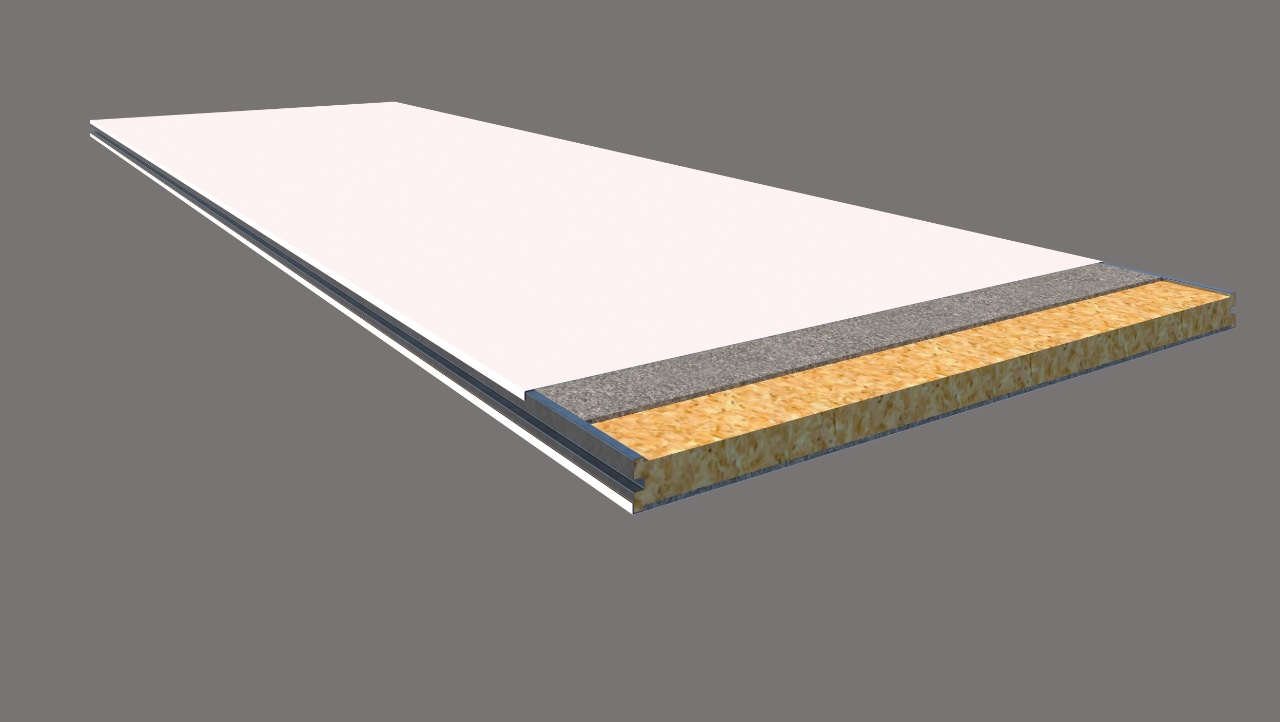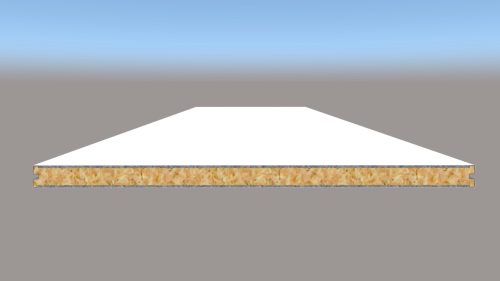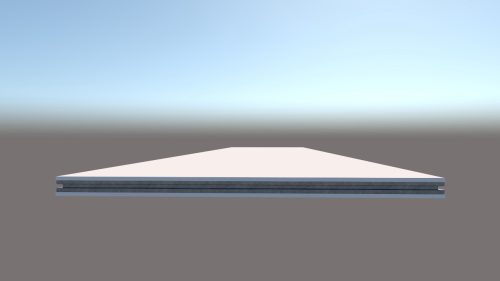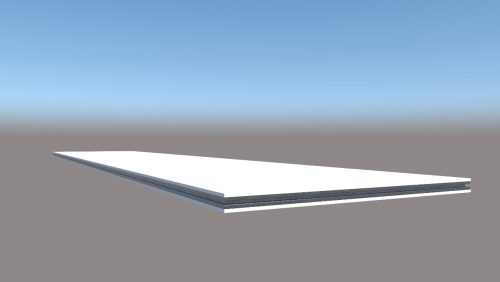Cleanroom Panel
A cleanroom panel is a specialized wall, ceiling, or partition panel used in controlled environments—such as pharmaceutical facilities, electronics manufacturing, biotechnology labs, and food processing plants—where contamination control is critical.
-
Provides smooth, easy-to-clean surfaces.
-
Minimizes particle accumulation.
-
Meets cleanroom classification standards (ISO or GMP).
Typical Materials
Commonly use FRP, stainless steel, aluminum, or rock wool cores, with surface finishes like PVC or steel for durability, corrosion resistance, and easy cleaning.
-
Surface skins: Powder-coated steel, galvanized steel, aluminum, or stainless steel.
-
Core materials: Rockwool, PU (polyurethane), PIR (polyisocyanurate), EPS (expanded polystyrene), or honeycomb aluminum.
Key Features
-
Non-shedding surface to prevent contamination.
-
Sealed joints to stop air leaks and dust infiltration.
-
Chemical resistance to withstand cleaning agents.
-
Thermal and acoustic insulation depending on core.
Types of Products
-
Modular cleanroom wall panels (demountable, reconfigurable).
-
Ceiling panels (flush, walkable).
-
Sandwich panels (for structural and insulation purposes).
- Standard Panels: Basic insulated panels for general cleanroom applications.
- Anti-Static Panels: Prevent dust accumulation and static discharge, ideal for electronics.
- High-Efficiency Panels: Feature advanced insulation and sealing for strict temperature/humidity control.
- Specialty Panels: Custom designs for specific needs, such as VHP-resistant or flame-retardant options.
Common Applications
-
Semiconductor fabs.
-
Pharmaceutical cleanrooms.
-
Medical device production.
-
Food and beverage plants.
Cleanroom panels are critical components in creating and maintaining sterile environments across industries like pharmaceuticals, electronics, and healthcare.





